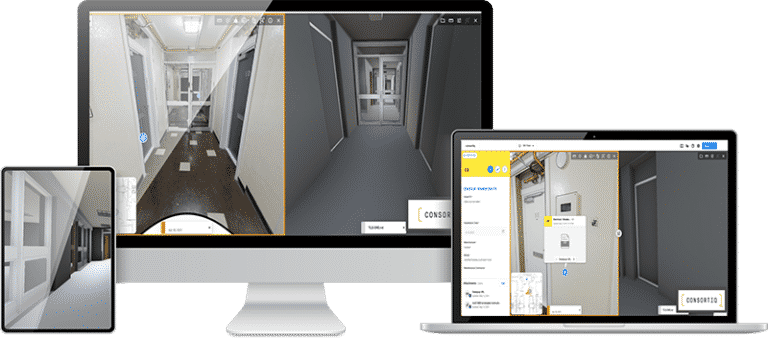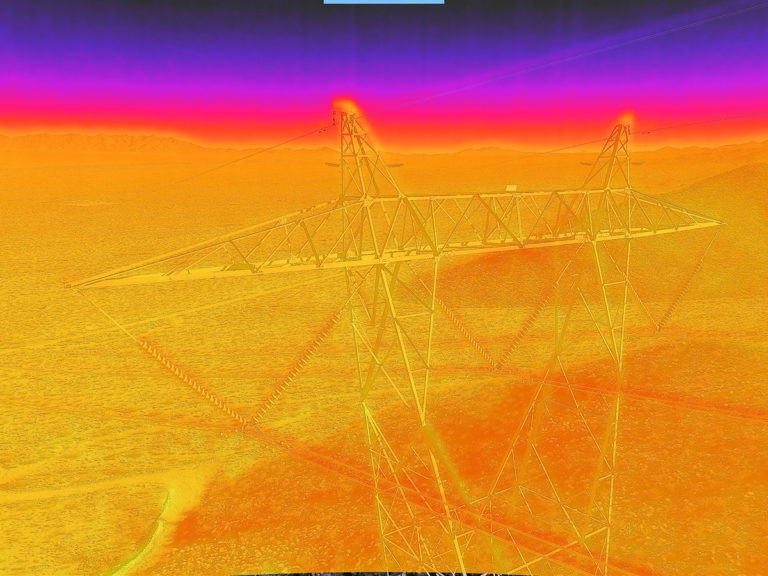3 Reasons Why It’s Time to Use Drones for Your Building Management
Building and facility management personnel are among the many unsung heroes of the modern era.
Whether your building is a living space, workplace, or both, someone needs to maintain it to ensure it’s safe and functioning correctly. Building management encompasses not only the maintenance of the structure but also building safety, security, and the welfare of occupants.
When the building is a large industrial facility or multiunit apartment building, these people have their hands full. Maintenance staffs are commonly shorthanded, making it tough to maintain the structure.
Without proper care, buildings fall into disrepair, leading to costly renovations and, in extreme cases, structural failure.
So, what tools are available to help property owners and building managers avoid these costly mistakes or worse, placing occupants at risk?
One of the best resources available are drones. Drones have the power to perform 3D scans, thermal inspections, increase worker/occupant safety, and improve security levels, typically at a lower cost than traditional methods.
Here are three reasons why it’s time to use drones for your building management.

1) 3D Models Make Building Management Easier
One of the most valuable tools drones provide building managers with are 3D models.
Traditional methods of 3D modeling were time-consuming and costly. Essentially, images needed to be captured with ground-based cameras at various heights and angles. Larger structures required scaffolding or heavy equipment such as boom lifts, to allow photographers to capture data.
It was inefficient, to say the least.
But now, drones easily capture the images needed to create 3D models with remarkable accuracy. Some 3D models created by drones can even be used as digital twins for buildings.
These models are easy to share and help everyone view the structure like never before, identifying problems before they get worse.
3D models can identify design flaws, cracks, fissures, and signs of material degradation. Early detection of these potentially dangerous issues saves property owners money while also improving safety
Drone-generated 3D models are changing the way building managers operate. They’re also helping to prevent catastrophic failures, such as those that occurred in Miami and North Kensington.

2) They Use Thermal Imaging
Another exceptional drone-based tool for building managers is thermal imaging.
Gas leaks, poor insulation, overheating equipment, temperature variations, power usage, and much more can be detected with thermal cameras.
In the past, inspection personnel used handheld thermal cameras, investigating small areas at a time. While these tools are accurate, they’re less than ideal for surveying great areas, such as the roof of a large building.
However, drones are easily equipped with thermal payloads, and capture data over vast areas in mere minutes.
The images and videos they collect can be reviewed either in real-time or whenever is convenient.
If the payload is a radiometric thermal camera, each point of the image can be analyzed in post-flight image analysis.
What in the past took building inspectors days or even weeks to complete, is now accomplished in minutes or hours with drones.
3) They Boost Security Efforts
The safety and security of a building’s workers or residents should be a building manager’s primary concern.
If a building suffers from poor maintenance, the people relying on the safety of the building are at risk. In extreme cases, poor building management can lead to injury and even death.
From a safety standpoint, drones can monitor the interior and exterior of a building anytime managers need an accurate inventory of the facility.
Unless they’re still structurally sound, hallways, ceilings, roofs, stairways, fire escapes, and other features can cause serious injury – or worse.
In the past, large buildings needed teams of people to ensure the safety of the structure.
But now, a single drone pilot can conduct a safety inspection for these hazards in a fraction of the time a team takes to do the same.
But the physical structure is only one aspect of keeping safe. The security of your building is just as important.
Stationary cameras provide information from set vantage points, often with limited fields of view.
On the other hand, drones can quickly deploy around a facility to follow potential security threats.
UAVs can also collect information for law enforcement and lead in-house security professionals to areas of interest, without ever losing sight of the threat.
Drones are the ideal solution for maintaining situational awareness of the entire area around a building.
Bringing It All Together
Building management can be a complex undertaking, but drone technology is one solution that simplifies the problem.
Drones capture the information you need to make timely and cost-saving decisions. They’re faster, less expensive, and incredibly reliable.
If you haven’t yet incorporated UAV technology into your building management solutions, now is the perfect time to get started.
With drones, there’s a better way.
Consortiq specializes in capturing and creating the 3D scans and models your organization needs, and maintains offices in both the UK and U.S.
Our cameras capture thousands of high-resolution images from multiple angles. With real-time kinematics & LiDAR technology, we increase the positioning accuracy of each image, determine interior locations, and process the images together to present a 3D model.
This, when combined with the use of drones to provide highly accurate and photo-realistic ‘mesh’ models, creates the beginning of a digital record that is far more than just ‘wow’ – it’s usable, too!
Complete the form below to schedule your risk-free consultation today!

David Daly - Contributing Author
David Daly, is an award-winning photographer/writer and licensed (FAA) Commercial sUAS pilot. A graduate of the United States Naval Academy, David is a former Marine Corps officer with a BS in Oceanography and has earned his MBA from the University of Redlands. David has worked for Fortune 100 companies and has a background in aerospace, construction, military/defense, real estate, and technology.
